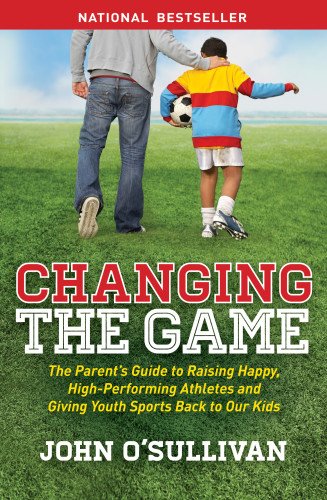Great Information for Soccer Parents and Youth Soccer Coaches
John O’Sullivan – Part II
What really needs to change in youth soccer? John O’Sullivan has transformed the youth soccer political landscape across the country and continues to raise the bar — Changing the Game for the good of the sport and those kids playing the beautiful game.
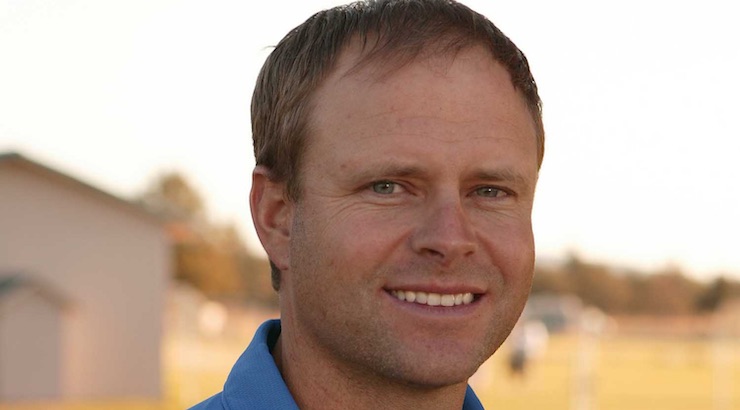
READ: YOUTH SOCCER – FUN AND COMPETITION CAN GO HAND IN HAND
John O’Sullivan is a former collegiate and professional soccer player and speaks nationwide to coaches, parents and youth soccer players. O’Sullivan has coached for more than two decades at the youth, high school, and college level.
SoccerToday Interview with John O’Sullivan – Part II
Diane Scavuzzo: Do you have any tricks to help parents control their emotions?
John O’Sullivan: Yes, if you cannot control yourself, move farther away from the field. There is a direct correlation between proximity to the action and how much you yell, so if you control yourself when you get caught up in the action – stop, move 50 or 100 yards away and yell to yourself. At least then you do not distract the players. Or embarrass your child.
Diane Scavuzzo: If readers want to buy your book, what is the best way?
John O’Sullivan: They can get a signed copy of Changing the Game here or they can go to Amazon.
Diane Scavuzzo: Remembering that young players should have fun at soccer practice and the importance of educating parents and coaches on the big picture — these concepts were not very popular a few years ago. What has changed?
John O’Sullivan: I think people have realized that the current trends in sports toward early specialization, higher costs, and longer and tougher commitments are unsustainable, and people are realizing that.
SOCCER NEEDS A FLAT SPACE AND A ROUND THING, NOT $250 UNIFORMS AND LONG-DISTANCE TRAVEL FOR YOUNG KIDS.
We are losing children to sport so fast, and it is because we have stopped making sport about what the children need and want. The pendulum is swinging back now thankfully.
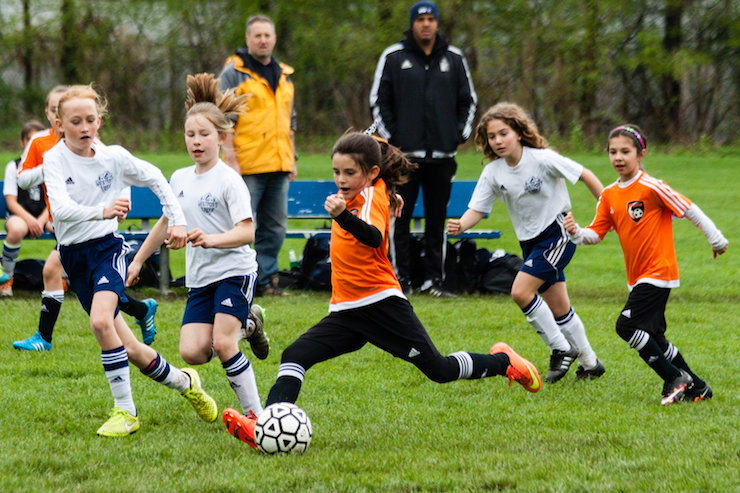
Diane Scavuzzo: What’s your greatest mission?
John O’Sullivan: Our mission is really to return youth sports to kids.
Diane Scavuzzo: So when you say that, how do you differentiate between what kids need and what coaches want?
John O’Sullivan: There’s a lot of research on what kids need, and obviously it changes by age and stage.
But number one, it’s enjoyment. The adults often feel they need to win the game to keep their players or win the match to attract new players.
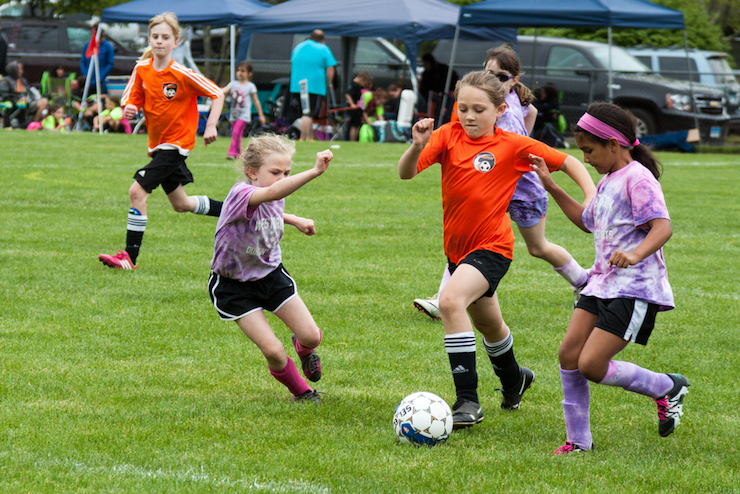
Diane Scavuzzo: Do you see the needs of kids, and of growing the sport at odds with the business of youth soccer?
John O’Sullivan: The needs of kids and soccer coaches shouldn’t be at odds with each other.
The reason it doesn’t have to be a conflict is that coaches who give parents, and kids, and families something other than the final score as a way to judge success keep their players coming back.
If the only thing that you’re offering people is, “Well we win,” then they’re going to leave when you lose.
And so you’re forced by your own actions to not put kids in games, or give them five minutes of playing time in a 70-minute game so you can “Win.”
I don’t think you’re winning anything at that point.
Now, I love competitive sports, and I’m all for competing. But this idea, especially in really young kids’ soccer, that you’re going to pick kids and then charge them lots of money, and then not let them in the game …
YOU’RE REALLY STEALING FROM PEOPLE.
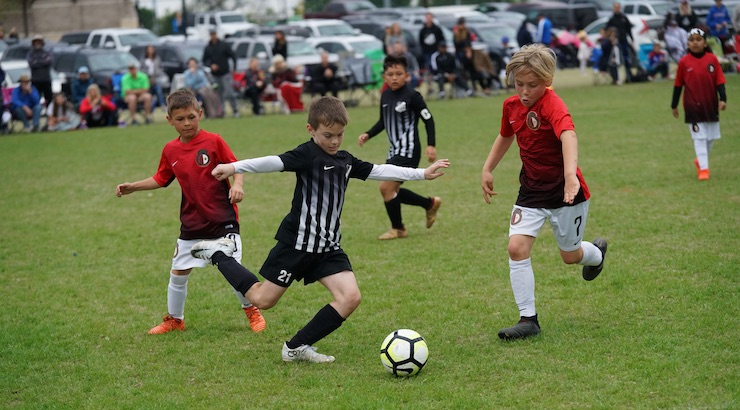
If your kid was at FC Barcelona up to age 14, do you know what percentage of the game he would play? He would be playing half the game — 50%. Every kid in Spain up to age 14 has to play half a game, the same as in Belgium. It’s an actual mandate in Spain right now, as of last year.
Actually, what they do is they play the youth soccer match in quarters. So a kid who doesn’t play quarter one plays quarter two. They make it easy for coaches. So in the countries that we want to emulate, they mandate up until certain ages, every kid that you pick has to play.
Now someone might say, “Oh well that’s Barcelona, all of those kids are good.” Which is true, but they still have a gap between their best players, and their good players — you know what I mean? You go watch them play, and there is a gap.
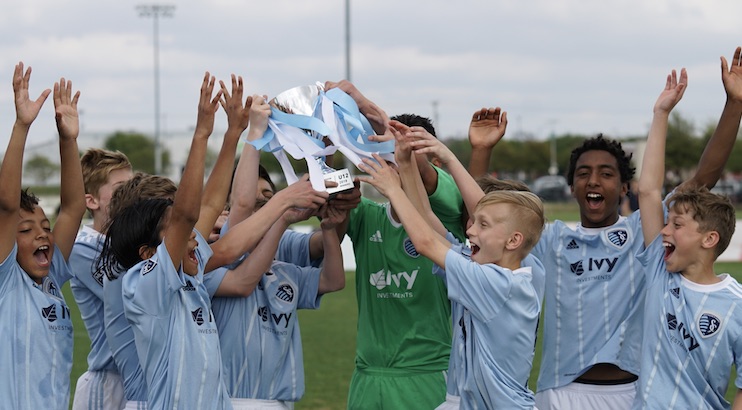
They’re still making a decision that every player has got to play. Part of the reason that this was pushed in Spain and mandated is when a local town club went to play at Barcelona, or play Real Madrid, they wanted to win and suddenly some kids wouldn’t get in to play.
SPAIN SAID, “LET’S JUST MAKE IT EASY FOR YOU. YOU PICK THEM, YOU GOT TO PLAY THEM.”
I think this is something that the United States should really become better at. Obviously, kids have to show up at practice and fulfill the basic commitments, but if they do, the coach should play them.
And, I think your question also touches upon another myth, which is completely wrong. Which is that sports, youth soccer in specific, can either be fun or competitive.

IT IS A MYTH THAT FUN AND COMPETITION CAN’T MUTUALLY COEXIST.
And this could not be further from the truth. Let’s look at how kids define fun. It’s getting playing time, positive team environment, coaches who respect and encourage them. Getting to compete, that’s what makes it fun. So we can make sports very fun and enjoyable, and also make it very, very competitive.
Diane Scavuzzo: So are you defining fun as participation?
John O’Sullivan: No, I just defined how kids define fun, which is really what we should be looking at from a fun perspective.
There’s a lot of research out there of “Why do you play? “Because it’s fun.”
Well, what makes it fun?
Now enjoyment and pleasure aren’t the same things.
I always say to people, “Have you run a marathon? Is there any pleasure mile 20 to 26?” Everyone laughs, “No.” “But do you still enjoy running?” “Yes.”
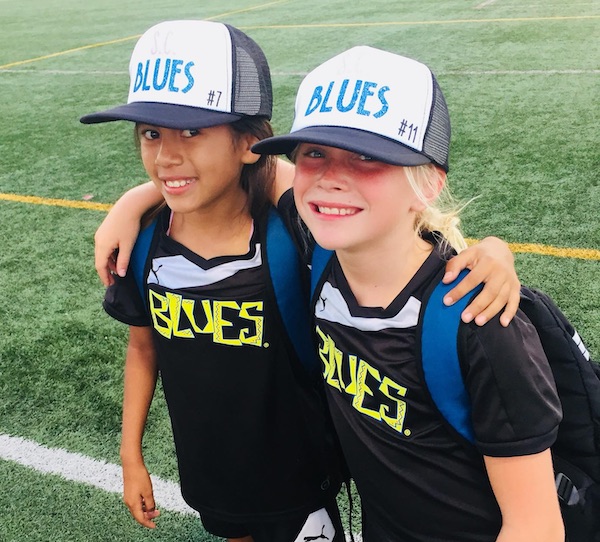
So it doesn’t mean that we can’t be demanding. It doesn’t mean that we can’t push them and say, “That’s not good enough, do it again.” But, in the end, players can still say, “I can’t wait to go do that again.”
Diane Scavuzzo: So what would you have coaches do differently? If you had a magic wand, and you had the power to make a change, a sweeping change. What would you have coaches do?
John O’Sullivan: I would say number one, and let’s just call this focused on 12-years-old and under soccer:
- At a bare minimum 50% of their practice, and probably 75%, should be games based practice.
- I think young players should always play first and again at the end.
U.S. Soccer has moved towards this approach in its new Grassroots Coaching curriculum as well.
In these countries that we want to emulate, the kids play a lot.
SOCCER IS NOT A GAME OF ISOLATED SKILLS, SOCCER’S A GAME OF DECISIONS.
Players need to make decisions which determine the technique that they use to solve challenges on the field. And, if in practice, kids aren’t seeing 100 or 1,000 problems, they’re not becoming good problem solvers.
Guess what? Kids also like to play games. No kid says, “I hope I go to practice today and stand in line and play around cones.”
Improving youth soccer and making it enjoyable are two things that fit together.

